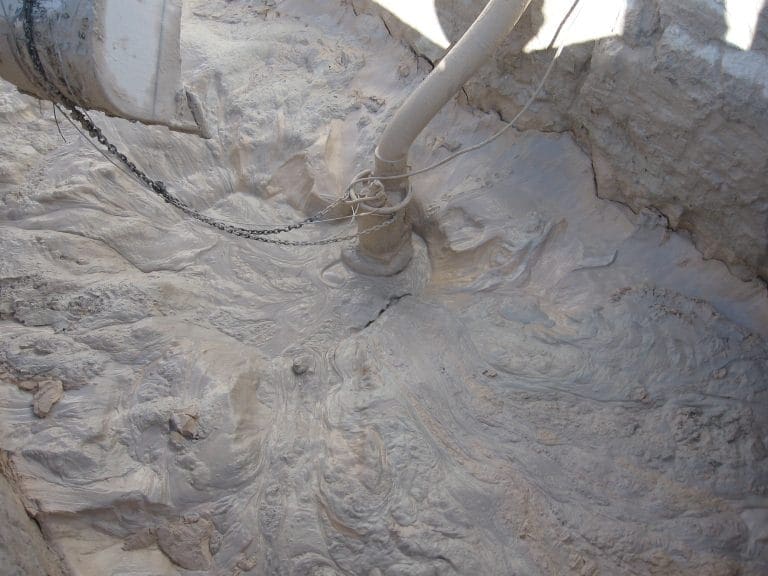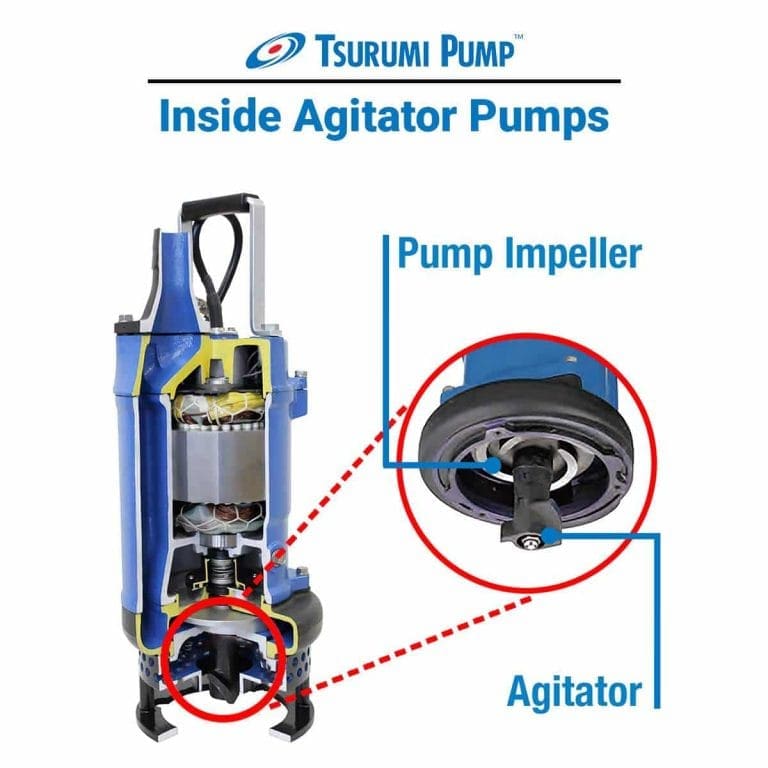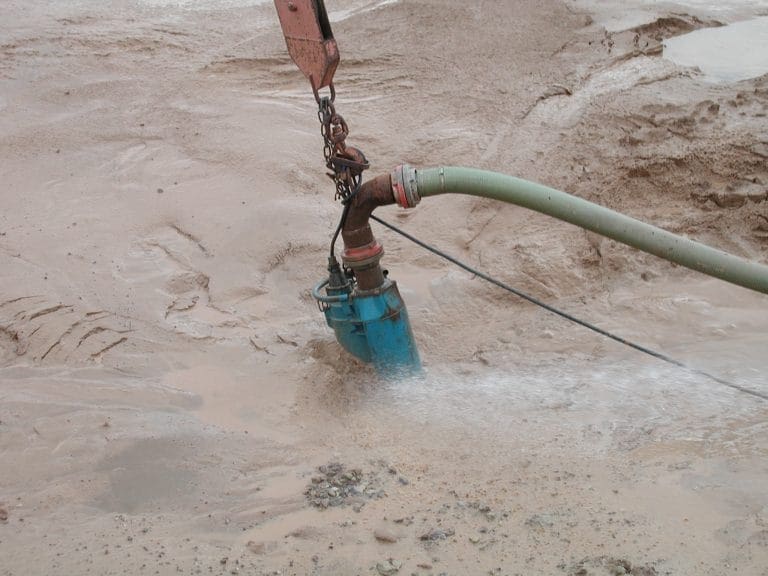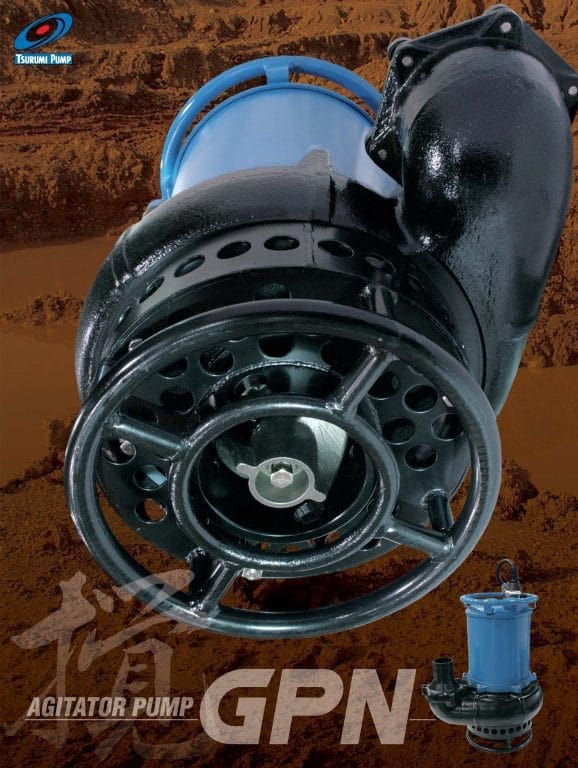
Moving thick, muddy mixtures—called slurry—isn’t easy. Slurry is a mix of water and solid particles like sand, dirt, or rocks. Because it’s heavy and abrasive, pumping it can quickly wear out equipment or cause blockages if you’re not using the right equipment.
In Australia, slurry is common in many industries, especially mining, construction, and wastewater treatment. From moving crushed ore in the outback to handling muddy water on job sites, slurry pumps play a big role in keeping work flowing smoothly.
This blog will explain what slurry pumps are, how they work, and where they’re used. Whether in the field or making decisions about equipment, you’ll learn how the right slurry pump can save time, money, and stress, especially in tough Aussie conditions.
Understanding Slurry and Slurry Pumps
What Is Slurry?
Slurry is a thick mixture of water and solid particles like sand, gravel, or mud. It flows like a liquid but can be heavy and rough, depending on its contents. Because it contains solids, slurry is harder to move than clean water and requires special equipment to handle it safely and efficiently.
Types of Slurry
Not all slurry is the same. The size of the solid particles in the mix affects how it behaves and how it should be pumped. There are two main types: settling slurry and non-settling slurry.
Settling Slurries
Settling slurries have larger, heavier particles like gravel or coarse sand. These solids don’t stay mixed for long. They sink to the bottom quickly, making the slurry unstable and harder to pump unless it’s kept moving constantly.
Non-settling Slurries
Non-settling slurries contain very fine particles, such as silt or clay. These tiny solids stay mixed in the water for much longer. Because they don’t settle easily, the slurry stays more stable, but it can still be thick and tricky to handle over time.
Key Challenges with Pumping Slurry
Pumping slurry isn’t as simple as moving clean water. Its thick, gritty nature brings a few serious challenges that can damage equipment and slow down work.
- Abrasiveness: Highly abrasive slurries often contain sharp, rough particles that can wear down pump parts quickly.
- High viscosity and density: Because it’s thick and heavy, slurry needs more power to move and puts extra strain on the pump.
- Settling of solids: If the slurry isn’t kept moving, solids can settle at the bottom and block the pump.
- Wear and tear on equipment: Over time, the rough mix can damage stainers, impellers, and other key parts, leading to breakdowns and costly repairs.
What Is a Slurry Pump?
 A slurry pump is a special pump design made to move thick mixtures full of solid particles, with the use of an agitator. Unlike standard centrifugal pumps made for clean water, slurry pumps are built tough to handle heavy, abrasive materials.
A slurry pump is a special pump design made to move thick mixtures full of solid particles, with the use of an agitator. Unlike standard centrifugal pumps made for clean water, slurry pumps are built tough to handle heavy, abrasive materials.
Slurry pumps have wear parts manufactured from stronger materials, compared to regular water pumps. This makes them ideal for harsh jobs where standard pumps would break down quickly.
How Slurry Pumps Work
Slurry pumps move slurry by sucking it in through an intake and pushing it out through a discharge pipe. A spinning impeller creates the centrifugal force to move the mixture, while the casing holds everything in place, and the motor powers the system.
Submersible slurry pumps also have an agitator—a small like propeller near the intake. As it spins, it stirs the slurry, creating turbulence that keeps solids from settling.
This helps the pump take in the mixture smoothly. Agitators are key because they prevent clogging, keep the slurry mixed, and reduce the need for extra equipment or clean-up.
Material Matters: Durability in Harsh Conditions
Slurry pumps need to be tough, especially when working with gritty, abrasive mixtures. That’s why most Tsurumi slurry pumps use high-chromium cast iron for their agitators. This strong material stands up well to wear, helping the pump last longer even in rough conditions.
However, some models—like the KTD, KTV, and NKZ—use different materials to suit specific jobs while still delivering reliable performance.
Types of Slurry Pumps by Tsurumi
Tsurumi offers a strong range of slurry pumps designed to handle tough jobs. All models come with agitators and are built to work reliably in harsh, demanding environments.
Featured Tsurumi Models
- GPN Series: Designed for mining and construction, this pump handles tough solids with a powerful agitator.
- GSD Series: A heavy-duty option made for moving thick sediment and silt in rough conditions.
- HSD Series: A lighter, easy-to-carry pump that’s great for smaller slurry jobs or tight spaces.
- KRS/KRD Series: Built for large volume pumping when you need to move big amounts of slurry fast.
- KRDX Series: Made with explosion-proof features for use in hazardous or flammable areas.
- KTD Series: Strong cast iron casing gives it excellent wear resistance for long-lasting use.
- KTV Series: Compact and lightweight, this model is ideal for dewatering and easy transport.
- NKZ Series: A versatile option with a 3-phase motor, ready for a range of industrial tasks.
Include a link to this YouTube video demonstration under this section to show real-world pump operation.
Where Are Slurry Pumps Used?
 Slurry pumps are used in many industries where moving thick, solid-filled liquids is part of the job. From mining sites to city sewage plants, they help keep things running safely and efficiently. Here are some of the main places you’ll find them in action:
Slurry pumps are used in many industries where moving thick, solid-filled liquids is part of the job. From mining sites to city sewage plants, they help keep things running safely and efficiently. Here are some of the main places you’ll find them in action:
1. Mining & Mineral Processing
Slurry pumps are key for moving ores, tailings, and other mineral-rich mixtures. They’re built to handle abrasive materials like sand and gravel, and are often used in processes like flotation, cyclone feeds, and dewatering.
2. Dredging & Marine Industry
In rivers, harbours, and ports, slurry pumps help remove built-up silt and sediment. They’re also used in land reclamation and for moving sand and gravel during marine construction projects.
3. Wastewater Treatment & Sewage
These pumps handle thick sludge and wastewater full of solids. They move lime slurries used in treatment and help manage grit and debris in municipal sewage systems.
4. Oil & Gas Sector
In this industry, slurry pumps move drilling mud, pump sand slurries during fracking, and manage heavy sludge in refineries.
5. Chemical & Industrial Processing
Slurry pumps are used to move harsh, abrasive, and corrosive slurries. They’re important for transporting fertilizers, pigments, dyes, and waste from food or other production processes.
6. Construction & Tunneling
On construction sites, slurry pumps help handle the mix used in tunnel boring machines (TBMs), move concrete and grout for foundations, and assist in dewatering and managing muddy excavations.
Choosing the Right Slurry Pump
Key Factors to Consider
Picking the right slurry pump depends on the job. To get the best results, it’s important to match the pump to the type of slurry and the conditions it will face.
- Type of Slurry: Think about the size of the particles, how rough they are, and whether they settle quickly—these all affect the pump’s performance.
- Flow Rate & Head Requirements: Know how far and how high the slurry needs to be pumped, along with the pump’s discharge pressure, to ensure you choose the right pump with enough power and performance.
- Material Compatibility: Make sure the pump is made from materials that can handle the slurry without rusting or wearing out too fast.
- Power & Portability: Decide if you need a pump that runs on diesel or electricity, and whether it needs to be easy to move or set up in one place.
Why Tsurumi Stands Out
Tsurumi pumps are built to handle the tough conditions found across Australia. With a wide range of models designed for different industries—from mining to wastewater—they offer reliable solutions for almost any slurry job.
Every slurry pump comes with an agitator, helping to keep solids moving and improve efficiency on site. This smart design makes Tsurumi a trusted choice for hard-working environments.
Maintenance Tips for Longer Pump Life
 Taking care of your slurry pump keeps it running well and helps avoid costly breakdowns. A little routine maintenance can go a long way, especially when dealing with harsh slurry conditions.
Taking care of your slurry pump keeps it running well and helps avoid costly breakdowns. A little routine maintenance can go a long way, especially when dealing with harsh slurry conditions.
Routine Maintenance Checklist
- Check rotating impeller and agitator wear: Look for signs of damage or thinning to keep performance strong.
- Inspect seals and motor housing: Make sure everything is sealed tightly to prevent leaks and protect the motor.
- Flush out sediments regularly: Cleaning the pump helps prevent build-up that can lead to blockages or wear.
Common Problems and How to Avoid Them
- Settling and clogging: An agitator helps keep solids moving so they don’t settle and block the pump.
- Abrasion damage: Use pumps made from the right materials, like high-chromium iron, to resist wear.
- Overloading: Make sure the pump fits the job—using the right size and power prevents extra strain and breakdowns.
Conclusion
Choosing the right slurry pump makes all the difference when it comes to performance, reliability, and saving on repairs. Tsurumi’s tough, agitator-equipped pumps are built to handle Australia’s harshest conditions—whether you’re working in mining, construction, or wastewater.
Need help finding the right pump for your job? Get in touch with Tsurumi Pumps Australia for expert advice and dependable solutions that keep your work moving.

